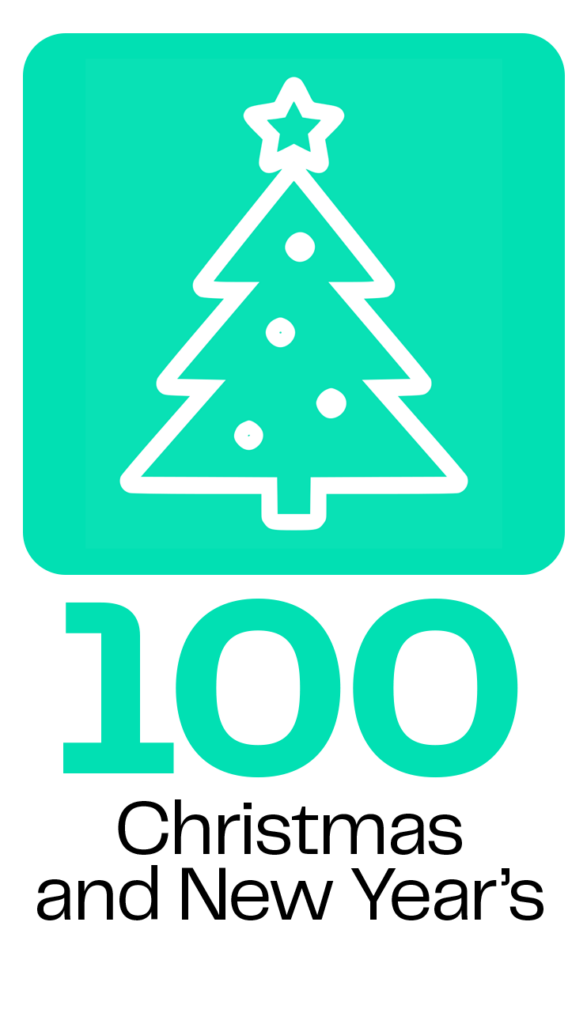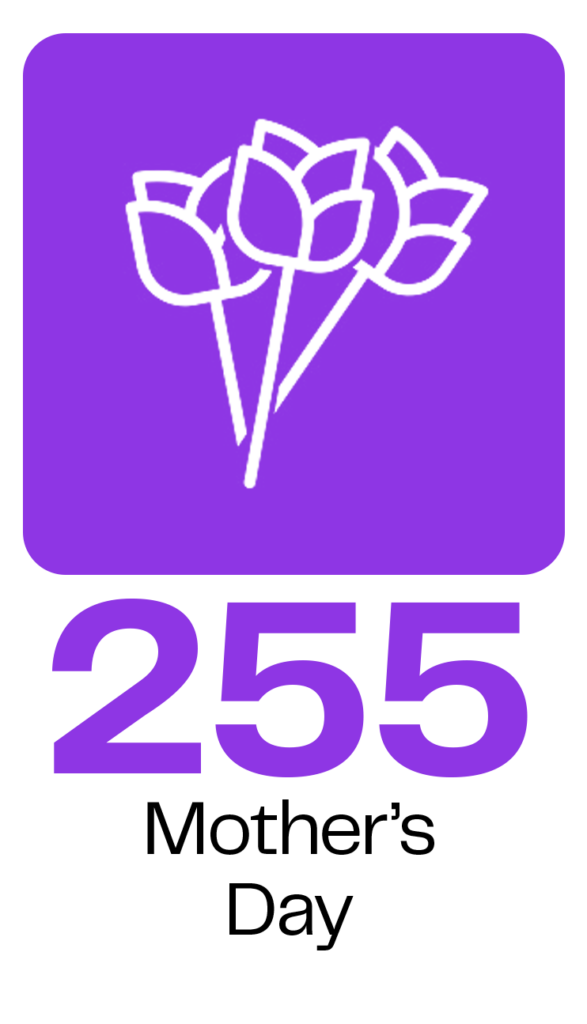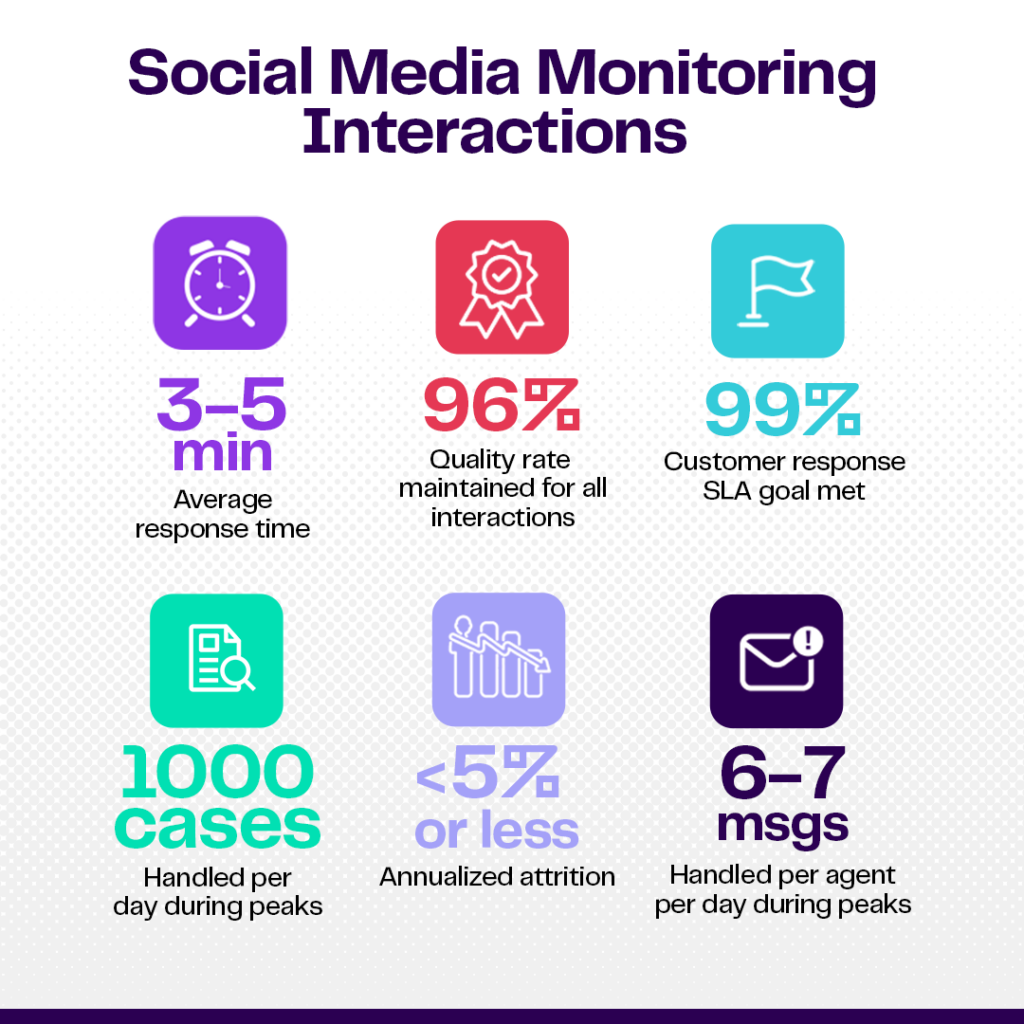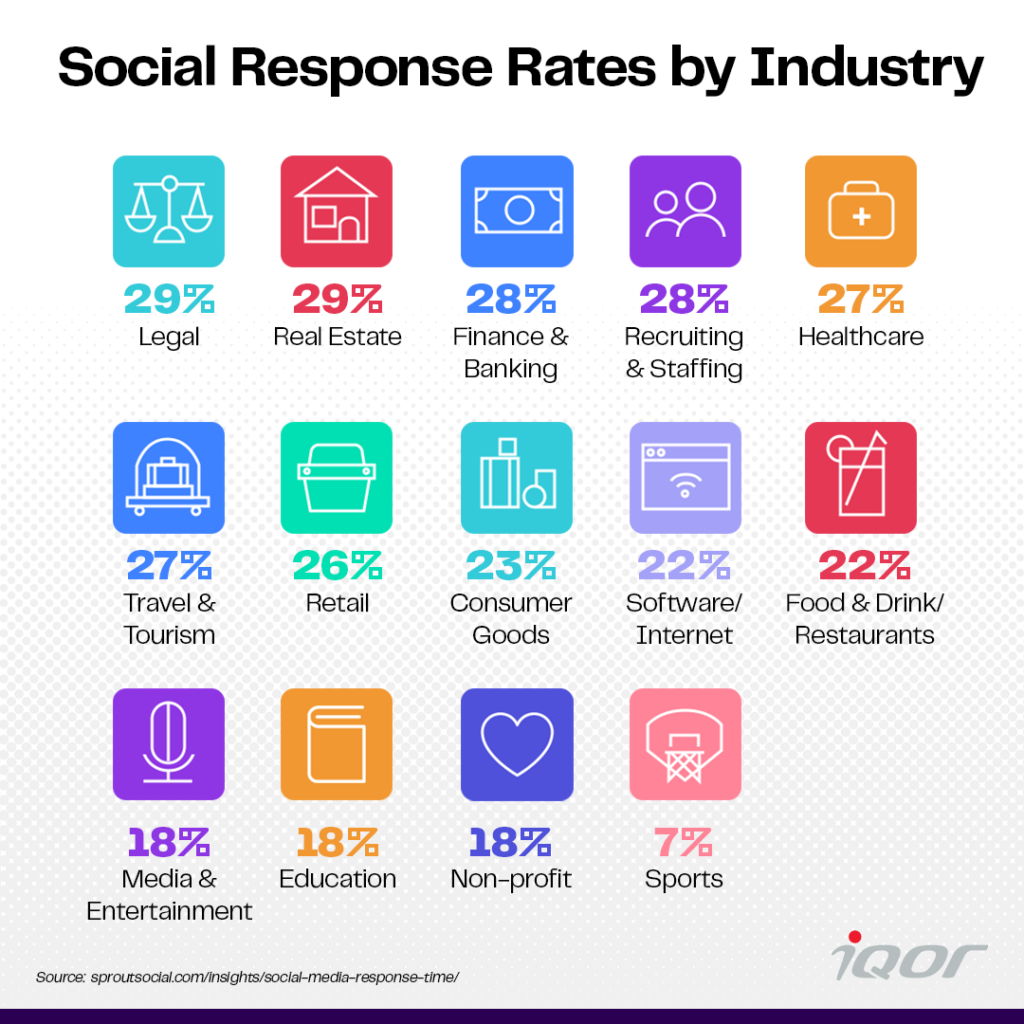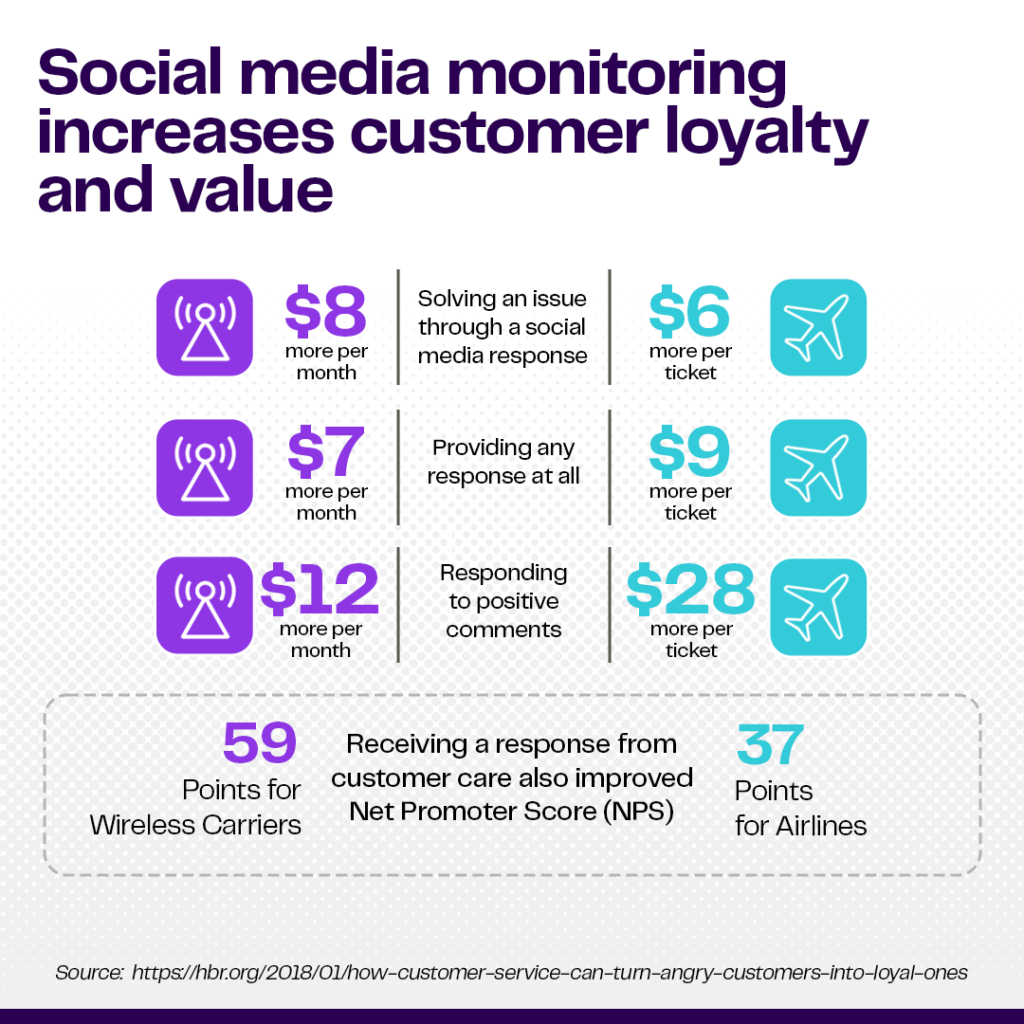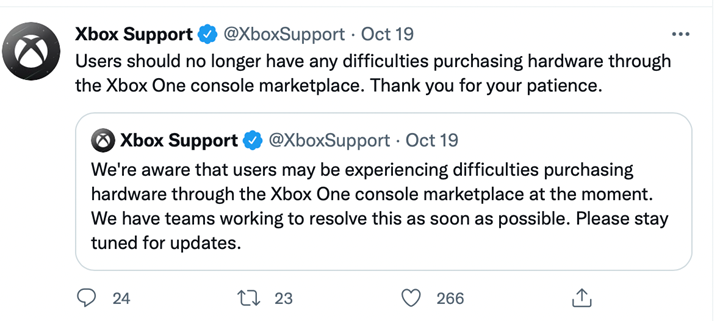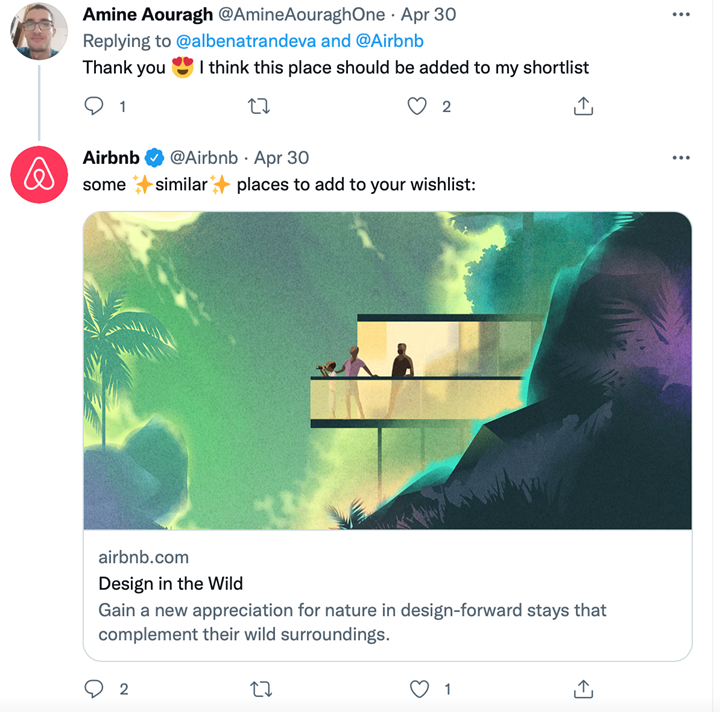Background
This company is an American prepaid wireless provider owned by a major telecom organization. They offer an array of products and services for mobile communications to millions of subscribers. These include smartphones, accessories, monthly plans, music, video, ringtones, directory assistance, and mobile applications. They were also one of the earliest companies to offer unlimited data plans to customers.
All products and services are marketed throughout the United States in brick-and-mortar stores along with a strong online presence via the company’s website, mobile app, and social media channels.
The Challenge
In April 2021, this prepaid wireless service provider significantly expanded its marketing and promotional campaigns for acquiring new customers, promoting upgrades, and rewarding their existing subscriber base. New programs included weekly rewards, perks, gear, and exclusive offers from partner brands for just being a customer. Promotions for redeeming “free stuff” were largely supported by their mobile app.
Anticipating a tremendous response to these new programs, the prepaid wireless provider was concerned about receiving an ongoing surge of inquiries and customer service requests primarily through their social media channels that included Facebook, Twitter, and Instagram.
To be proactive, they turned to iQor—their existing partner since 2004—for a quick and effective digital customer experience solution.
The Solution
Since the beginning of our partnership 17 years ago, iQor has effectively spearheaded customer and brand experience for this prepaid wireless provider. Starting in call centers and expanding 6 years ago into social media channels, iQor agents regularly respond to customer messages posted on Facebook, Twitter, and Instagram.
For years, iQor has provided exemplary social media monitoring service using 10 non-seasonal agents with specialized training. However, with new promotional programs being rolled out by the wireless provider, iQor believed the best solution to handle the anticipated spike in customer engagement and related tasks was to materially ramp up staffing.
400% Increase in Social Media Agents
A proposal to quickly ramp up by 4X from 10 to 40 agents was expeditiously approved. With the 400% increase in iQor agents, recruitment and training were fast-tracked while maintaining expected quality and productivity levels.
The iQor agent training program is structured to move experienced agents from the call center into social media monitoring. The training is provided over one week and focuses on new tools and applications along with enhancing grammar and writing skills to empower agents to be more impactful on Facebook, Twitter, and Instagram. New social media agents are thoroughly tested on these skills and the results are sent to the client for approval.
One of the critical applications that iQor agents working in social media monitoring for this client must be thoroughly versed in is SproutSocial, a social media platform that aggregates communications from all of the client’s platforms. It consolidates Facebook, Twitter, and Instagram for a more efficient way of managing customer communications and agent responses from multiple channels.
Agents are also required to be proficient in Edge and Grand Central—both of which are in-house applications for checking customer account details and opening/tracking support tickets when needed.
Social media support is provided to customers 24/7/365. Many iQor agents are bilingual and handle Latino Facebook messages routinely as well.
Within a short time, iQor conducted thorough trainings and quickly ramped-up social media CX agents by 4X to meet the anticipated needs of the client and its new promotional programs.
Delivering Quality and Productivity at Scale
With an increase in social media agents of 400%, it was necessary to monitor the productivity and quality of the work now being delivered at scale. To do so, a 6-minute response time/service level agreement (SLA) with the wireless provider was introduced that corresponded with the ramp-up.
Prior to the ramp-up, when iQor was fully managing customer experience via social media with 10 agents, the response time to customer inquiries averaged 1-2 hours due to the then-current staffing level. Also, no SLA was in place between iQor and the client at that time.
To enhance the customer experience, agents must also be proficient in handling concurrent chats with customers on social media. They must also know when it is appropriate to “lock” client hotline tickets for situations where a technician needs to troubleshoot a persistent issue.
Before the ramp-up, there were no productivity targets designated by the client. With the new promotional campaigns, productivity targets were set at 20 tasks (customer interactions) per day. A task is defined as one separate interaction or completed item with a wireless customer.
The Results
The outcome from the ramp-up was a significant improvement to the overall customer service experience. iQor routinely met or exceeded all the client’s expectations for delivering quality and productivity since the 4X ramp-up went into effect.
Customer Response Time Improves Dramatically
As previously mentioned, prior to the 4X ramp-up, the response time for a customer inquiry on social media could take as long as 2 hours due to being short-staffed.
Once 40 iQor CX agents were up and running, the average monthly response time for the first six months (April 2021 through September 2021) was 5.3 minutes. This was well under the 6-minute response time required by the SLA, which represents a performance improvement of more than 22X.
There was one month (out of the six) where the SLA response time target was slightly missed. However, this was due to outages on social media platforms resulting in incoming messages from customers delivered late to the iQor agents.
Productivity Remains High
iQor agents complete up to an average of 4,000 tasks per week. The increase in the number of agents and wireless customer inquiries resulting from new promotions and marketing events has kept pace with one another.
Also, concurrent chat handling averages around 2 messages at a time per social media agent. While there is no strict cap in place, this has been the trend.
Net Promoter Score (NPS) Nearly Doubles
Wireless customers that engage on social media are increasingly happier with their provider. Recently, iQor began conducting net promoter score (NPS) surveys to measure customer loyalty and satisfaction. For the months of July 2021 through October 2021 NPS scores experienced a steady upward climb and have come close to doubling—from 34.42 to 62.14. The number of surveys answered per month also increased from 106 to 300—almost 300%.
Excellent Client Communication Continues
iQor continues to maintain top-notch communications with this wireless provider client throughout each month since the ramp-up. The client is very involved with the social media customer experience and is frequently updated on a weekly basis by iQor operations management. Discussions between iQor and the wireless provider frequently include:
- Trends in social media
- Specific feedback from wireless customers
- Solutions for customer experience issues that may arise
In addition to these weekly meetings, iQor provides a report every 2 hours highlighting specific metrics, anomalies, or spikes in messages that may have taken place during that time on social media platforms.
iQor Agents Really Enjoy Social Media Monitoring
iQor agents and their managers are raving about results that have taken place since the ramp-up. The average span for an agent in social media is up to 2 years.
An experienced iQor manager expressed the new social media atmosphere well with the following statement:
I took over in April as the lead manager when we only had 10 agents. The customer asked me to increase our headcount by 30 agents to give us a total of 40 agents on the project. Since being placed on social media at iQor, I have thoroughly enjoyed working in this position. We are learning new systems and how to enhance our communication with customers. What makes the experience different is moving from taking calls to responding in writing on social media platforms. Overall, this has been a fun, challenging experience and I’m truly excited to be an integral part of it.



